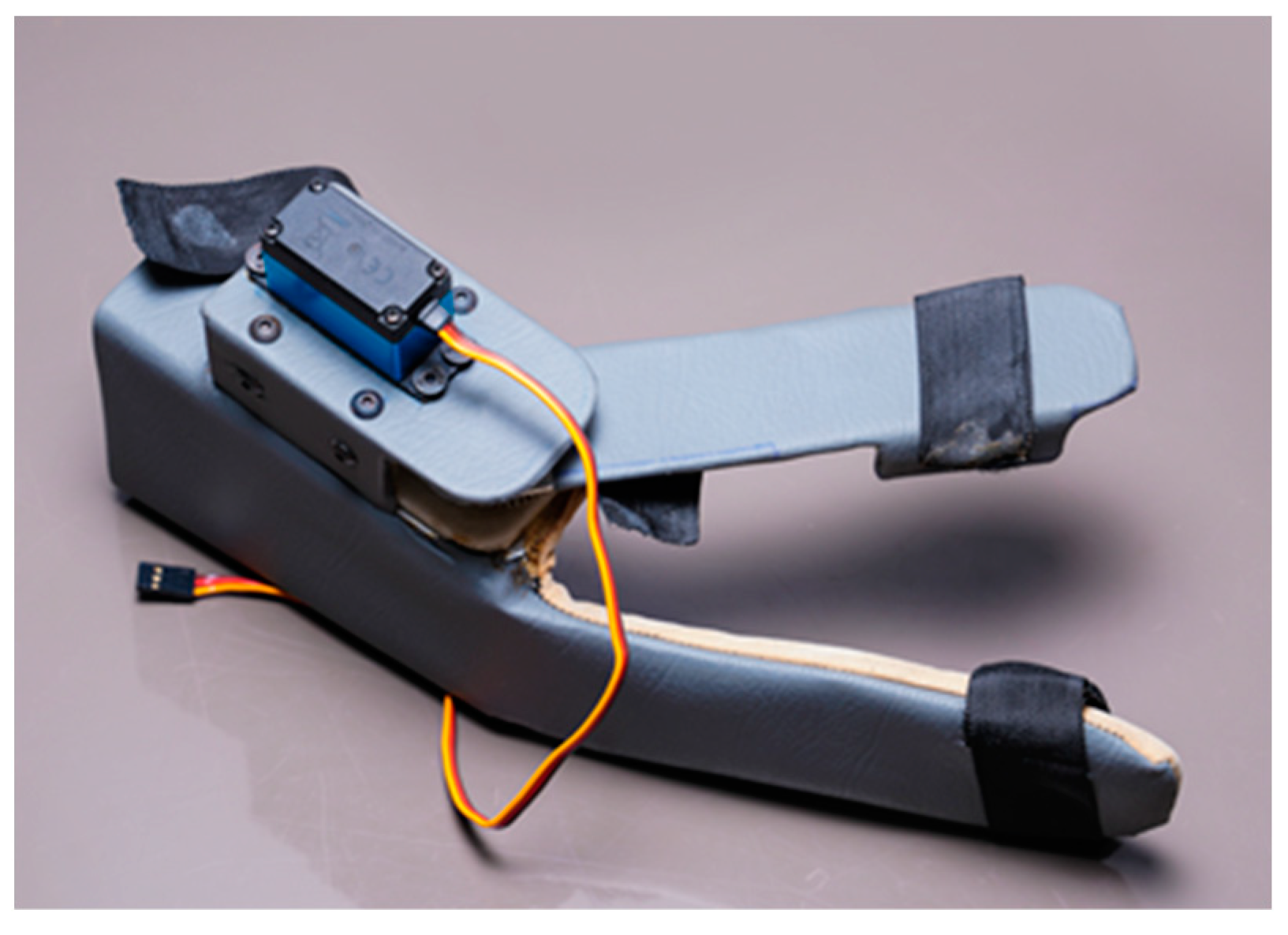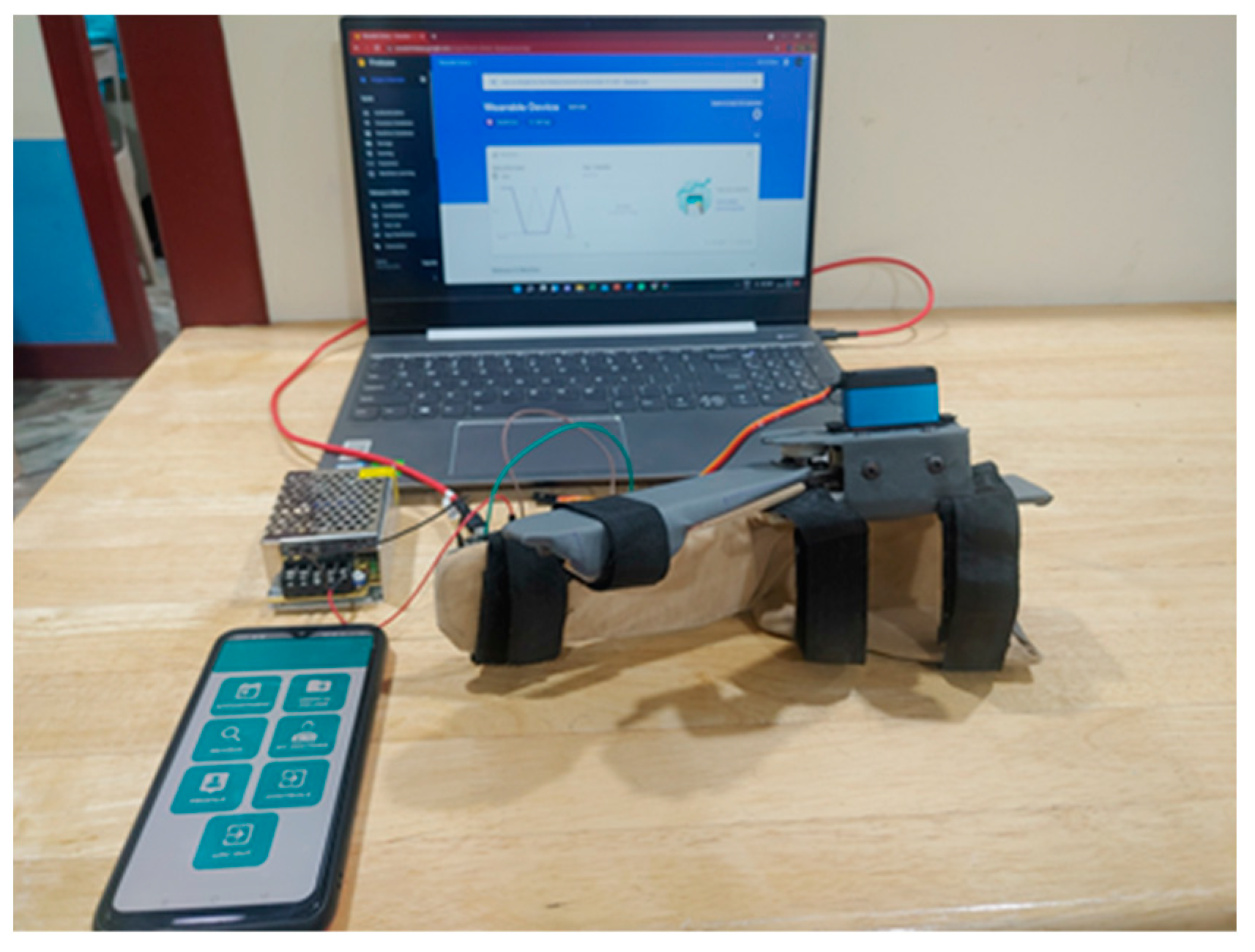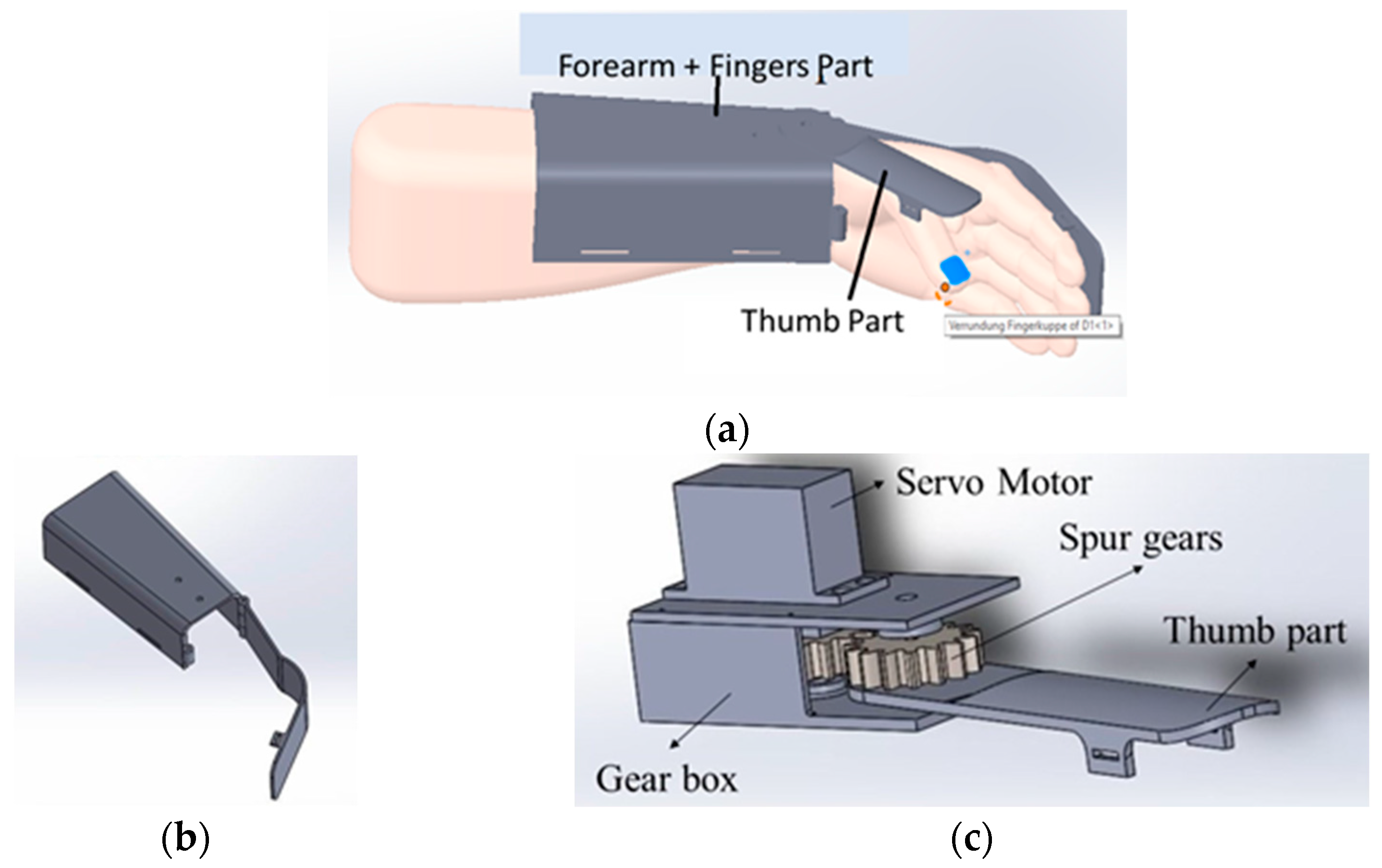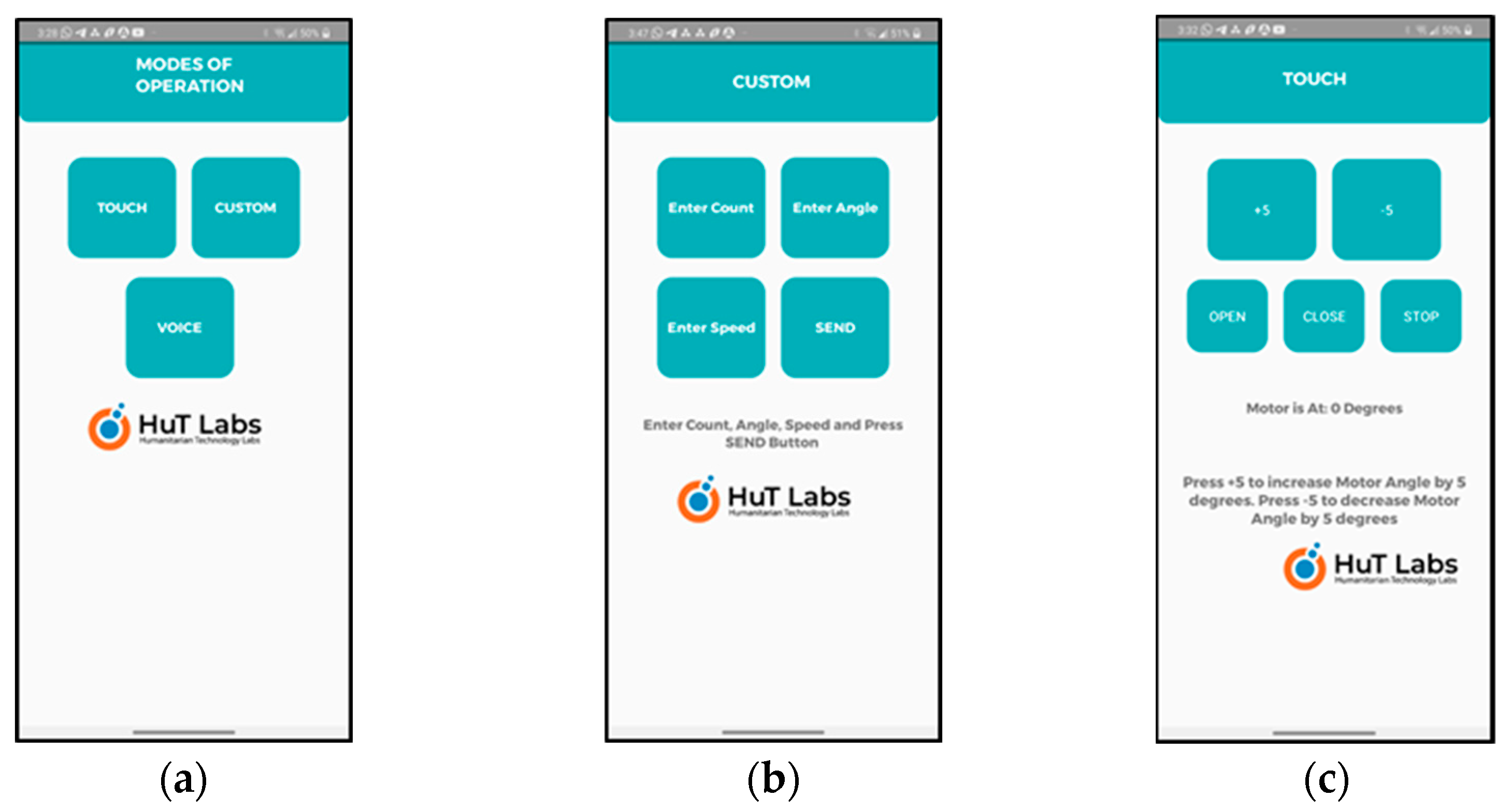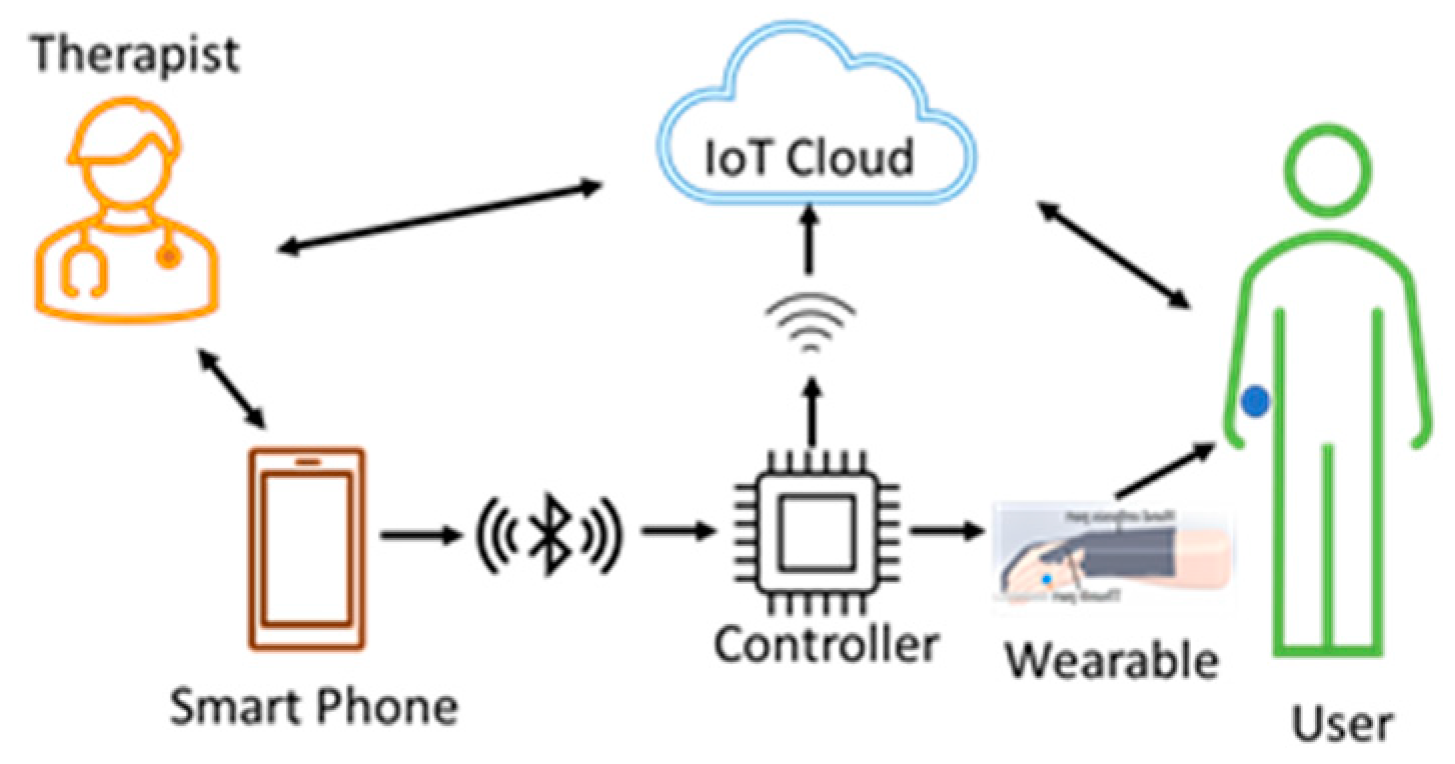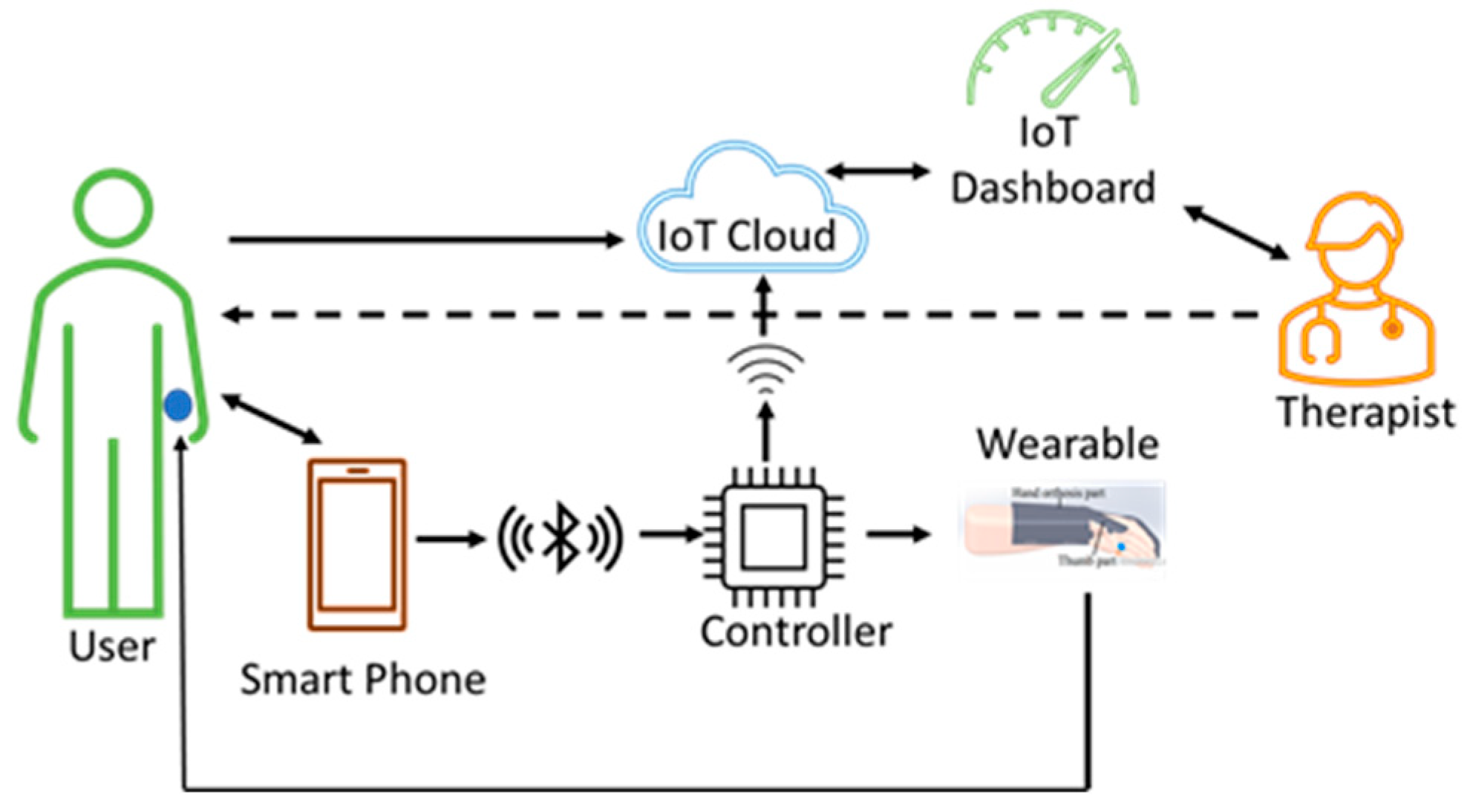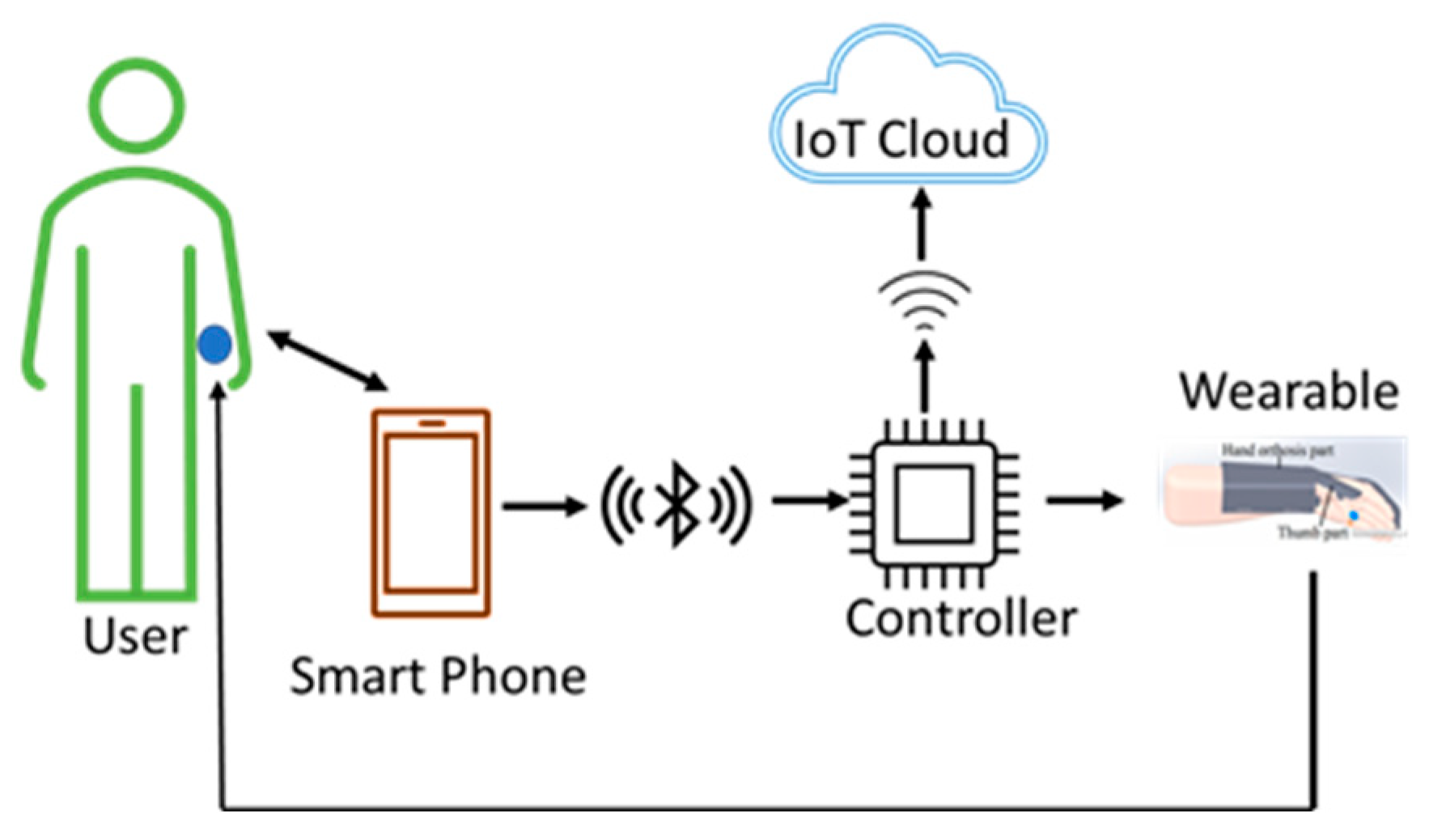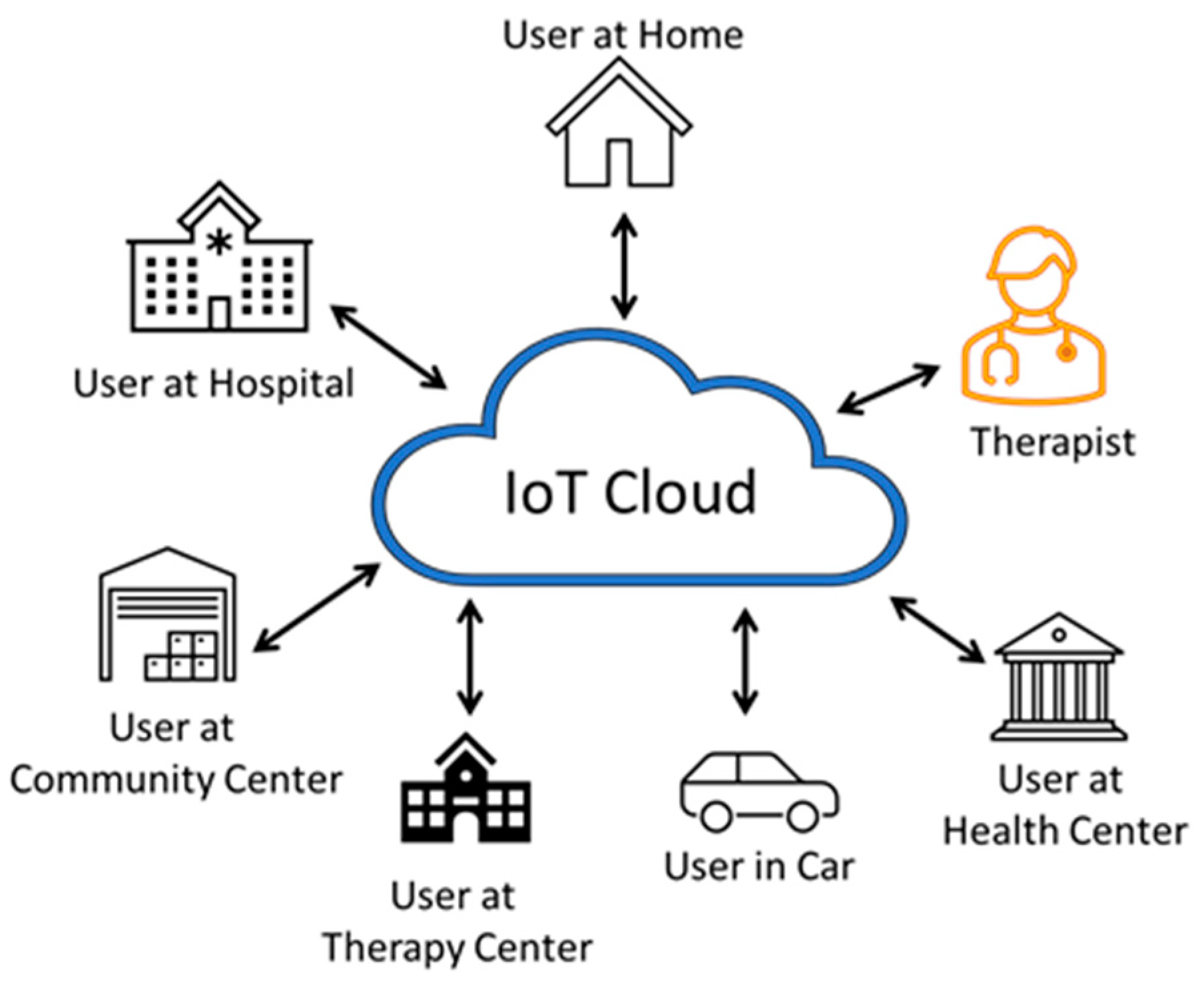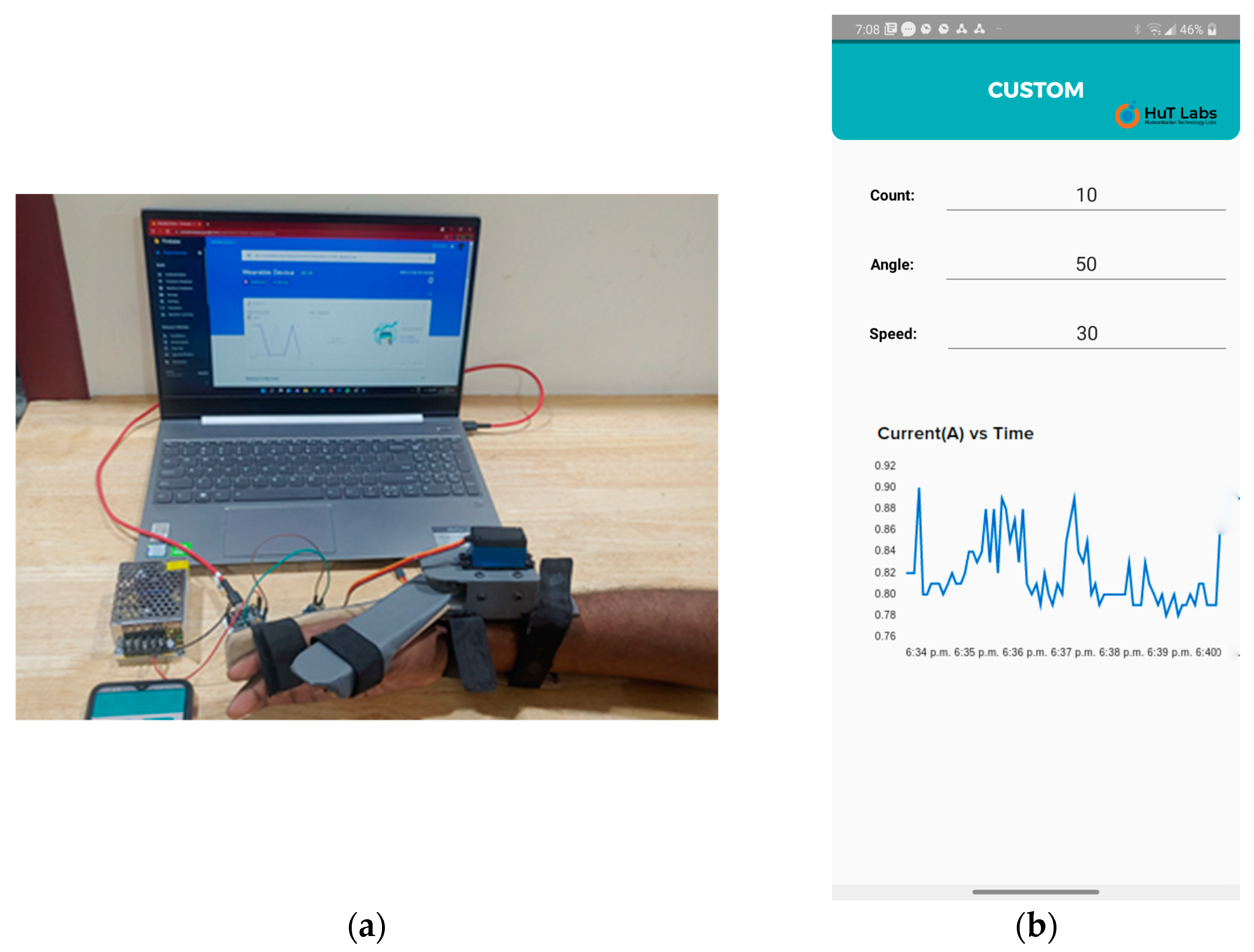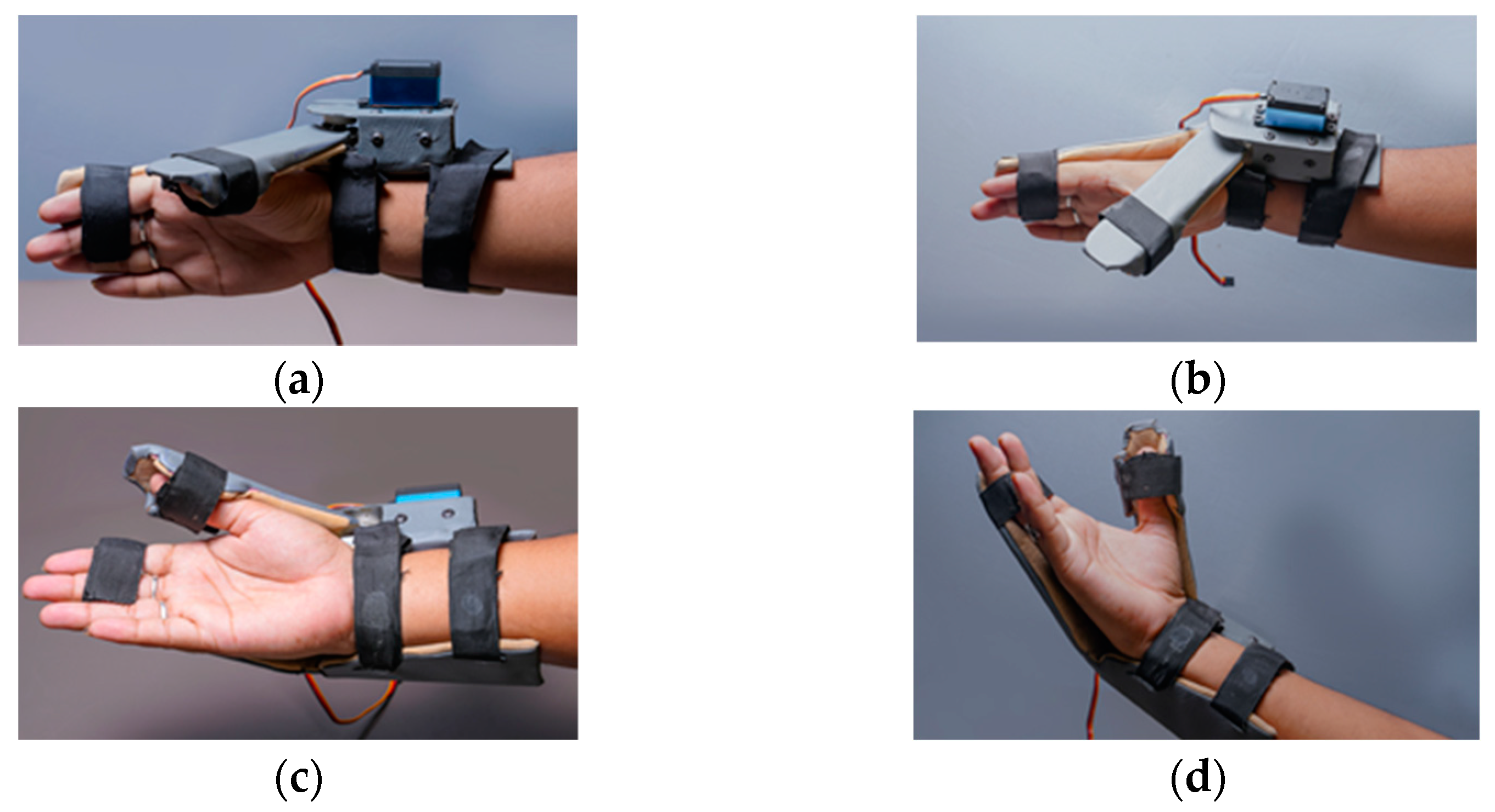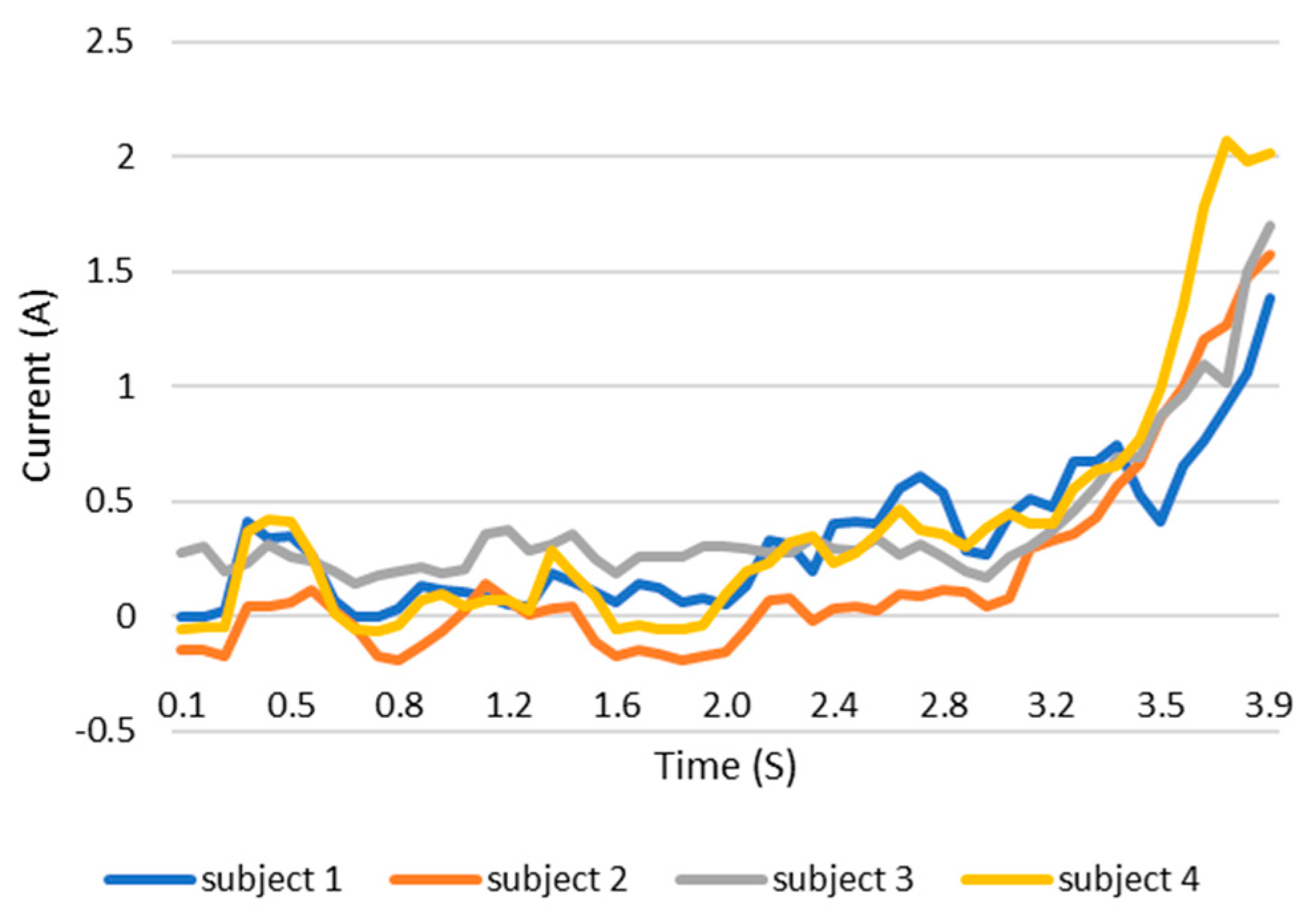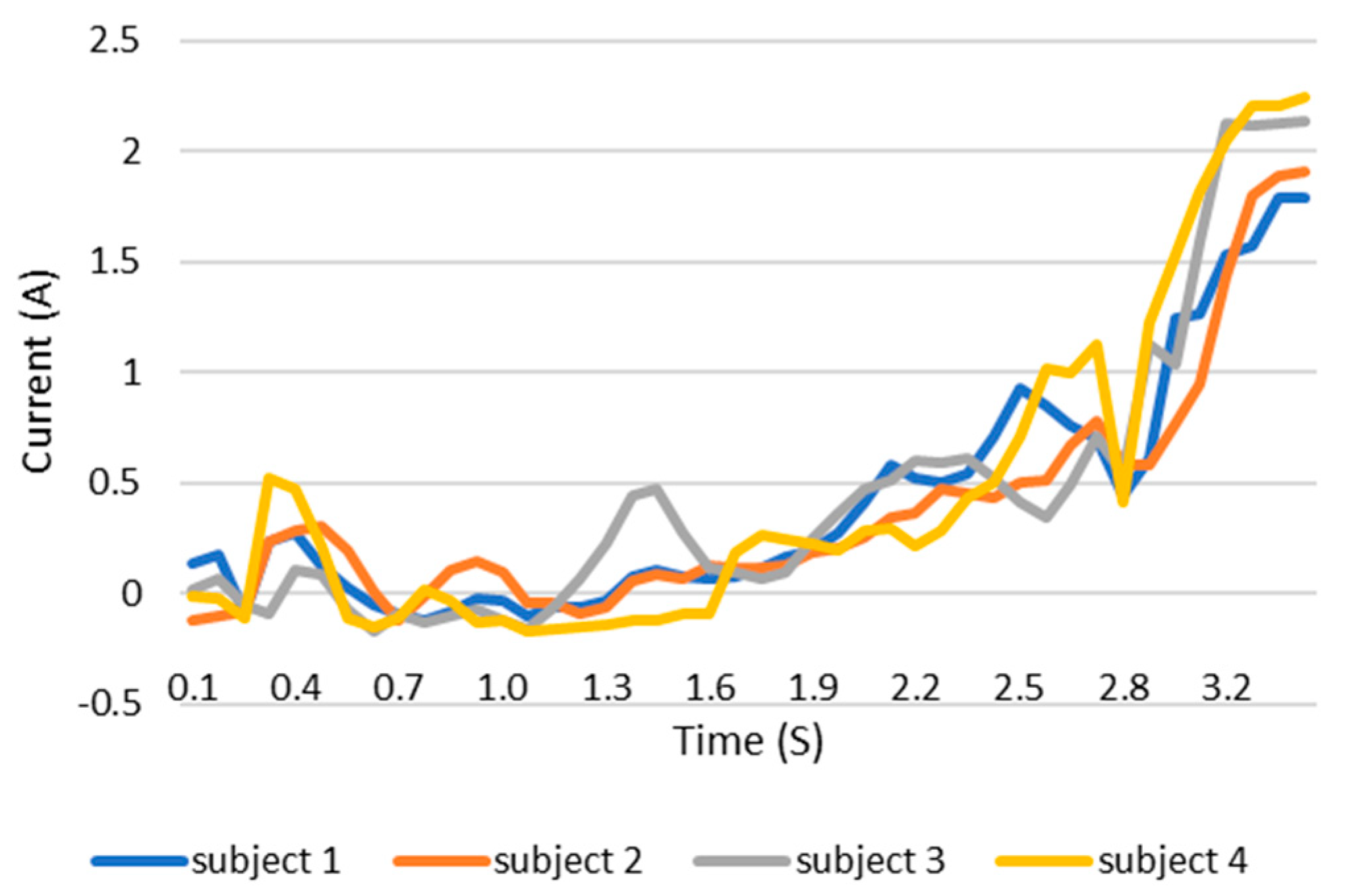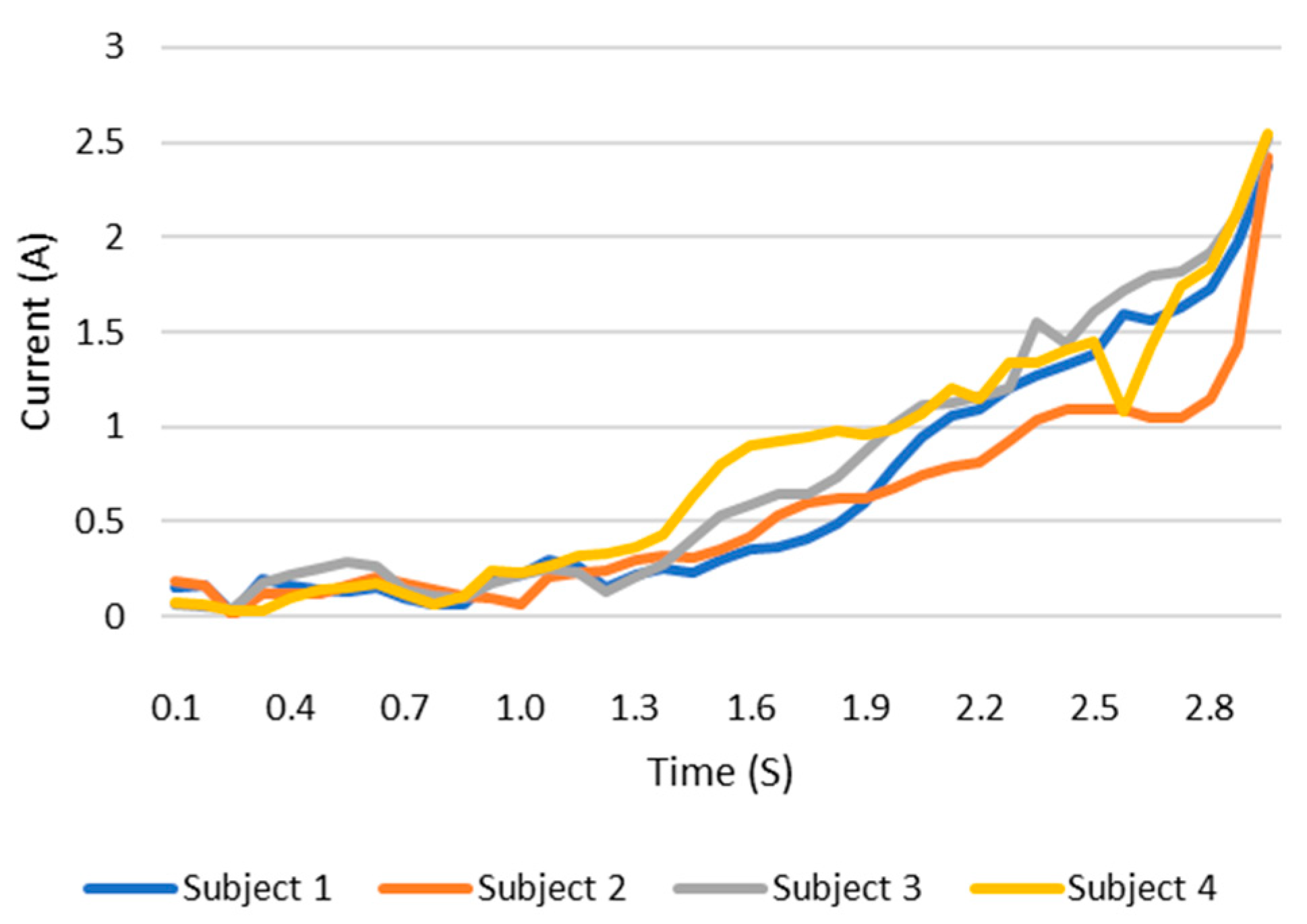Author Contributions
R.K.M. was responsible for conceptualization; i.e., ideas; formulation or evolution of overarching research goals and aims; he was also in charge of supervision, i.e., oversight and leadership responsibility for the research activity planning and execution, including mentorship external to the core team, not only the development or design of methodology; creation of models i.e., methodology, but also provision of study materials, reagents, materials, patients, laboratory samples, animals, instrumentation, computing resources, or other analysis tools i.e., resources. Additionally, R.K.M. handled the preparation, creation, and/or presentation of the published work, specifically writing the initial draft (including substantive translation) i.e., writing—original draft. R.K.M. executed management and coordination responsibility of the research activity planning and execution i.e., project administration and preparation, creation and/or presentation of the published work by those from the original research group, specifically critical review, commentary, or revision—including pre- or post-publication stages i.e., writing—review & editing. S.K.M. was responsible for the development or design of methodology; creation of models i.e., methodology. S.K.M. performed application of statistical, mathematical, computational, or other formal techniques to analyze or synthesize study data i.e., formal analysis but was also conducting management activities to annotate (produce metadata), scrub data, and maintain research data (including software code, where it is necessary for interpreting the data itself) for initial use and later re-use i.e., data curation. S.K.M. conducted the validation i.e., verification, whether as a part of the activity or separate, of the overall replication/reproducibility of results/experiments and other research outputs. Additionally, S.K.M. conducted preparation, creation and/or presentation of the published work by those from the original research group, specifically critical review, commentary, or revision—including pre- or post-publication stages i.e., writing—review & editing. S.M.M. performed verification, whether as a part of the activity or separate, of the overall replication/reproducibility of results/experiments and other research outputs i.e., validation. Additionally, S.M.M. conducted development or design of methodology; creation of models i.e., methodology. S.M.M. performed the writing—review & editing i.e., preparation, creation and/or presentation of the published work by those from the original research group, specifically critical review, commentary, or revision—including pre- or post-publication stages. C.P.K.R. worked on management activities to annotate (produce metadata), scrub data, and maintain research data (including software code, where it is necessary for interpreting the data itself) for initial use and later re-use i.e., data curation and application of statistical, mathematical, computational, or other formal techniques to analyze or synthesize study data i.e., formal analysis. E.V. worked on programming, software development; designing computer programs; implementation of the computer code and supporting algorithms; testing of existing code components i.e., software. E.V. performed verification, whether as a part of the activity or separate, of the overall replication/reproducibility of results/experiments and other research outputs i.e., validation. P.N.V.K.N. worked on programming, software development; designing computer programs; implementation of the computer code and supporting algorithms; testing of existing code components i.e., software. Additionally, P.N.V.K.N. performed verification, whether as a part of the activity or separate, of the overall replication/reproducibility of results/experiments and other research outputs i.e., validation. D.C. worked on programming, software development; designing computer programs; implementation of the computer code and supporting algorithms; testing of existing code components i.e., software. D.C. also performed verification, whether as a part of the activity or separate, of the overall replication/reproducibility of results/experiments and other research outputs i.e., validation. All authors have read and agreed to the published version of the manuscript.
Figure 1.
The proposed wearable device for hand therapy.
Figure 1.
The proposed wearable device for hand therapy.
Figure 2.
The wearable device system. Both a mobile gateway (smartphone) and a fixed gateway using NodeMCU, which is a microcontroller unit, can connect to the IoT-based cloud for data storage and analysis.
Figure 2.
The wearable device system. Both a mobile gateway (smartphone) and a fixed gateway using NodeMCU, which is a microcontroller unit, can connect to the IoT-based cloud for data storage and analysis.
Figure 3.
Wearable Device Model (a) shows the wearable device worn over the hand and part of the forearm. It has two parts; (b) the part covering the forearm and fingers excluding the thumb, (c) the part covering the thumb attached to a servo motor. Parts shown in (a,b) are attached via servo motor.
Figure 3.
Wearable Device Model (a) shows the wearable device worn over the hand and part of the forearm. It has two parts; (b) the part covering the forearm and fingers excluding the thumb, (c) the part covering the thumb attached to a servo motor. Parts shown in (a,b) are attached via servo motor.
Figure 4.
Developed smartphone app. (a) Three modes of operation supported: touch, voice, and custom. The custom mode is part of the touch mode of operation and can be considered as auto mode. (b) Using custom mode, the therapist/user can enter the control parameters: count, angle, and speed. (c) Using touch mode, the therapist/user can specify the angle and use OPEN/CLOSE buttons for operation of the wearable device.
Figure 4.
Developed smartphone app. (a) Three modes of operation supported: touch, voice, and custom. The custom mode is part of the touch mode of operation and can be considered as auto mode. (b) Using custom mode, the therapist/user can enter the control parameters: count, angle, and speed. (c) Using touch mode, the therapist/user can specify the angle and use OPEN/CLOSE buttons for operation of the wearable device.
Figure 5.
IOT dashboard-based control. OPEN/CLOSE switches are provided to help open and close the wearable device so that the user can perform hand exercises as part of the therapy. The dashboard also displays live sensor feeds from the device.
Figure 5.
IOT dashboard-based control. OPEN/CLOSE switches are provided to help open and close the wearable device so that the user can perform hand exercises as part of the therapy. The dashboard also displays live sensor feeds from the device.
Figure 6.
Therapist therapy wearable architecture. Both the user and the therapist are present in a single room during the therapy. The user wears the device, and the therapist uses smartphone-based voice or touch control methods and starts the therapy. The therapist can observe the user and give oral feedback. The wearable device sends data from the sensors to the cloud for storage and analysis.
Figure 6.
Therapist therapy wearable architecture. Both the user and the therapist are present in a single room during the therapy. The user wears the device, and the therapist uses smartphone-based voice or touch control methods and starts the therapy. The therapist can observe the user and give oral feedback. The wearable device sends data from the sensors to the cloud for storage and analysis.
Figure 7.
Dual therapy wearable architecture. The user continues with the therapy at his/her place of residence without the need for therapist supervision. In addition, it allows the therapist to also control the device from a remote place whenever there is a need. The user wearable device sends data from the sensors to the cloud for processing. The therapist can access the cloud data simultaneously and can give feedback directly to the user.
Figure 7.
Dual therapy wearable architecture. The user continues with the therapy at his/her place of residence without the need for therapist supervision. In addition, it allows the therapist to also control the device from a remote place whenever there is a need. The user wearable device sends data from the sensors to the cloud for processing. The therapist can access the cloud data simultaneously and can give feedback directly to the user.
Figure 8.
User therapy wearable architecture. The user can autonomously use the wearable device without the need for direct supervision and feedback from a therapist. The user is a learned and trained user who has learnt the steps and the exercises while using the devices from the training given by the therapist, as discussed in the previous two architectures.
Figure 8.
User therapy wearable architecture. The user can autonomously use the wearable device without the need for direct supervision and feedback from a therapist. The user is a learned and trained user who has learnt the steps and the exercises while using the devices from the training given by the therapist, as discussed in the previous two architectures.
Figure 9.
Multiuser therapy wearable architecture. A large number of users can use the wearable device and autonomously operate without the need for direct supervision and feedback from a therapist. The users can be anywhere and can even be traveling.
Figure 9.
Multiuser therapy wearable architecture. A large number of users can use the wearable device and autonomously operate without the need for direct supervision and feedback from a therapist. The users can be anywhere and can even be traveling.
Figure 10.
(a) The wearable device with a user’s hand, along with fixed and mobile gateways. (b) Live feedback from the smartphone while the wearable device was in operation. The control parameters and the current sensor graph are displayed.
Figure 10.
(a) The wearable device with a user’s hand, along with fixed and mobile gateways. (b) Live feedback from the smartphone while the wearable device was in operation. The control parameters and the current sensor graph are displayed.
Figure 11.
Various positions of the wearable device (a,c) shows the wearable in closed position and (b,d) shows the open position.
Figure 11.
Various positions of the wearable device (a,c) shows the wearable in closed position and (b,d) shows the open position.
Figure 12.
Current vs. position graph of picking up a ball of weight 125 g.
Figure 12.
Current vs. position graph of picking up a ball of weight 125 g.
Figure 13.
Current vs. position graph of picking up a water bottle of weight 152 g.
Figure 13.
Current vs. position graph of picking up a water bottle of weight 152 g.
Figure 14.
Current vs. position graph of picking up a spray paint bottle of weight 226 g.
Figure 14.
Current vs. position graph of picking up a spray paint bottle of weight 226 g.
Table 1.
Latency comparison in different IoT architectures.
Table 1.
Latency comparison in different IoT architectures.
| Architecture | Latency (s) |
|---|
| 3G | 4G |
|---|
| T1 | T2 | T3 | T4 | T1 | T2 | T3 | T4 |
|---|
| T31 | T32 | T31 | T32 |
|---|
| A1 | 2.41 | 2.5 | 1.35 | 0.78 | 2.4 | 1.87 | 1.87 | 1.23 | 0.63 | 2.1 |
| A2 | 2.56 | 2.61 | 1.82 | 0.83 | 2.58 | 2.07 | 1.87 | 1.36 | 0.52 | 2.2 |
| A3 | N/A | N/A | 1.9 | 0.87 | 1.65 | N/A | N/A | 1.48 | 0.61 | 1.38 |
| A4 | 2.76 | 2.77 | 1.74 | 0.79 | 2.71 | 2.21 | 2.01 | 1.32 | 0.59 | 2.27 |
Table 2.
Data loss in therapist therapy wearable architecture.
Table 2.
Data loss in therapist therapy wearable architecture.
| Therapist Therapy Wearable Architecture |
|---|
| Sampling Rate (Sample/s) | Data Loss (%) |
|---|
| 3G | 4G |
|---|
| T1 | T4 | T1 | T4 |
|---|
| 750 | 1.8 | 2.3 | 0.7 | 1.6 |
| 850 | 1.8 | 2.8 | 0.8 | 2.1 |
| 950 | 2.5 | 4.9 | 2.8 | 3.4 |
| 1050 | 8.2 | 12.1 | 5.9 | 9.3 |
Table 3.
Data loss in dual therapy wearable architecture.
Table 3.
Data loss in dual therapy wearable architecture.
| Dual Therapy Wearable Architecture |
|---|
| Sampling Rate (Sample/s) | Data Loss (%) |
|---|
| 3G | 4G |
|---|
| T1 | T4 | T1 | T4 |
|---|
| 750 | 1.6 | 2.4 | 0.1 | 2 |
| 850 | 2 | 3.3 | 0.7 | 2.8 |
| 950 | 2.2 | 4.9 | 2.3 | 3.6 |
| 1050 | 8.3 | 12.5 | 5.8 | 9.9 |
Table 4.
Data loss in user therapy wearable architecture.
Table 4.
Data loss in user therapy wearable architecture.
| User Therapy Wearable Architecture |
|---|
| Sampling Rate (Sample/s) | Data Loss (%) |
|---|
| 3G | 4G |
|---|
| T1 | T4 | T1 | T4 |
|---|
| 750 | N/A | 2.4 | N/A | 1.5 |
| 850 | N/A | 3.3 | N/A | 2.3 |
| 950 | N/A | 4.9 | N/A | 3.2 |
| 1050 | N/A | 12.5 | N/A | 9.5 |
Table 5.
Data loss in multiuser therapy wearable architecture.
Table 5.
Data loss in multiuser therapy wearable architecture.
| Multiuser Therapy Wearable Architecture (2 User in Two Different Rooms) |
|---|
| Sampling Rate (Sample/s) | Data Loss (%) |
|---|
| 3G | 4G |
|---|
| T1 | T4 | T1 | T4 |
|---|
| 750 | 1.7 | 2.9 | 0 | 2.8 |
| 850 | 2.5 | 4.1 | 0.9 | 3.9 |
| 950 | 2.2 | 5.3 | 2.1 | 4.1 |
| 1050 | 8.7 | 13.1 | 6 | 10.8 |
Table 6.
Latency variation in the multiuser therapy architecture concerning the number of users in a single house.
Table 6.
Latency variation in the multiuser therapy architecture concerning the number of users in a single house.
| Multiuser Therapy Wearable Architecture |
|---|
| Number of Users in Single House | Latency (s) |
|---|
| 3G | 4G |
|---|
| T1 | T2 | T4 | T1 | T2 | T4 |
|---|
| 2 | 2.76 | 2.77 | 2.71 | 2.21 | 2.01 | 2.27 |
| 3 | 3.08 | 3.09 | 3.03 | 2.53 | 2.33 | 2.59 |
| 4 | 2.99 | 3 | 2.94 | 2.44 | 2.24 | 2.5 |
Table 7.
Latency variation in the multiuser therapy architecture concerning the distance between two users.
Table 7.
Latency variation in the multiuser therapy architecture concerning the distance between two users.
| Multiuser Therapy Wearable Architecture |
|---|
Distance between Users
(2 Users) in Meter | Latency (s) |
|---|
| 3G | 4G |
|---|
| T1 | T2 | T4 | T1 | T2 | T4 |
|---|
| 50 | 2.95 | 2.96 | 2.9 | 2.4 | 2.2 | 2.46 |
| 100 | 3.27 | 3.28 | 3.22 | 2.72 | 2.52 | 2.78 |
| 150 | 3.31 | 3.32 | 3.26 | 2.76 | 2.56 | 2.82 |
| 200 | 3.47 | 3.48 | 3.42 | 2.92 | 2.72 | 2.98 |
Table 8.
Latency variation in the multiuser therapy architecture concerning the speed of the vehicle in which the user was travelling.
Table 8.
Latency variation in the multiuser therapy architecture concerning the speed of the vehicle in which the user was travelling.
| Multiuser Therapy Wearable Architecture |
|---|
| Speed of the Vehicle in which the User is Travelling (User is in a Vehicle) (km/h) | Latency (s) |
|---|
| 3G | 4G |
|---|
| T1 | T2 | T4 | T1 | T2 | T4 |
|---|
| 10 | 3.815 | 3.825 | 3.765 | 3.265 | 3.065 | 3.325 |
| 20 | 4.135 | 4.145 | 4.085 | 3.585 | 3.385 | 3.645 |
| 30 | 4.5 | 4.51 | 4.45 | 3.95 | 3.75 | 4.01 |
| 40 | 4.795 | 4.8 | 4.77 | 4.52 | 4.42 | 4.55 |
Table 9.
Time taken by the HOD to reach the desired angle for different speeds.
Table 9.
Time taken by the HOD to reach the desired angle for different speeds.
| Desired Angle (deg) | Time—S1 (s) | Time—S2 (s) | Time—S3 (s) | Time—S4 (s) | Time—S5 (s) |
|---|
| 15 | 0.82 | 1.01 | 1.23 | 1.53 | 1.83 |
| 30 | 1.11 | 1.37 | 1.80 | 2.42 | 3.01 |
| 45 | 1.34 | 1.73 | 2.38 | 3.30 | 4.19 |
| 60 | 1.56 | 2.09 | 2.96 | 4.18 | 5.37 |
| 80 | 1.87 | 2.57 | 3.72 | 5.35 | 6.94 |
Table 10.
Time taken to grasp, grip, and displace an object.
Table 10.
Time taken to grasp, grip, and displace an object.
| Object | Diameter (cm) | Weight (g) | Time to Grasp & Grip (s) | Time to Displace (s) |
|---|
| Ball | 6.35 | 123 | 3.9 | 4.9 |
| Water bottle | 7.38 | 152 | 3.5 | 4.2 |
| Spray paint bottle | 6.62 | 226 | 3.6 | 4.6 |
